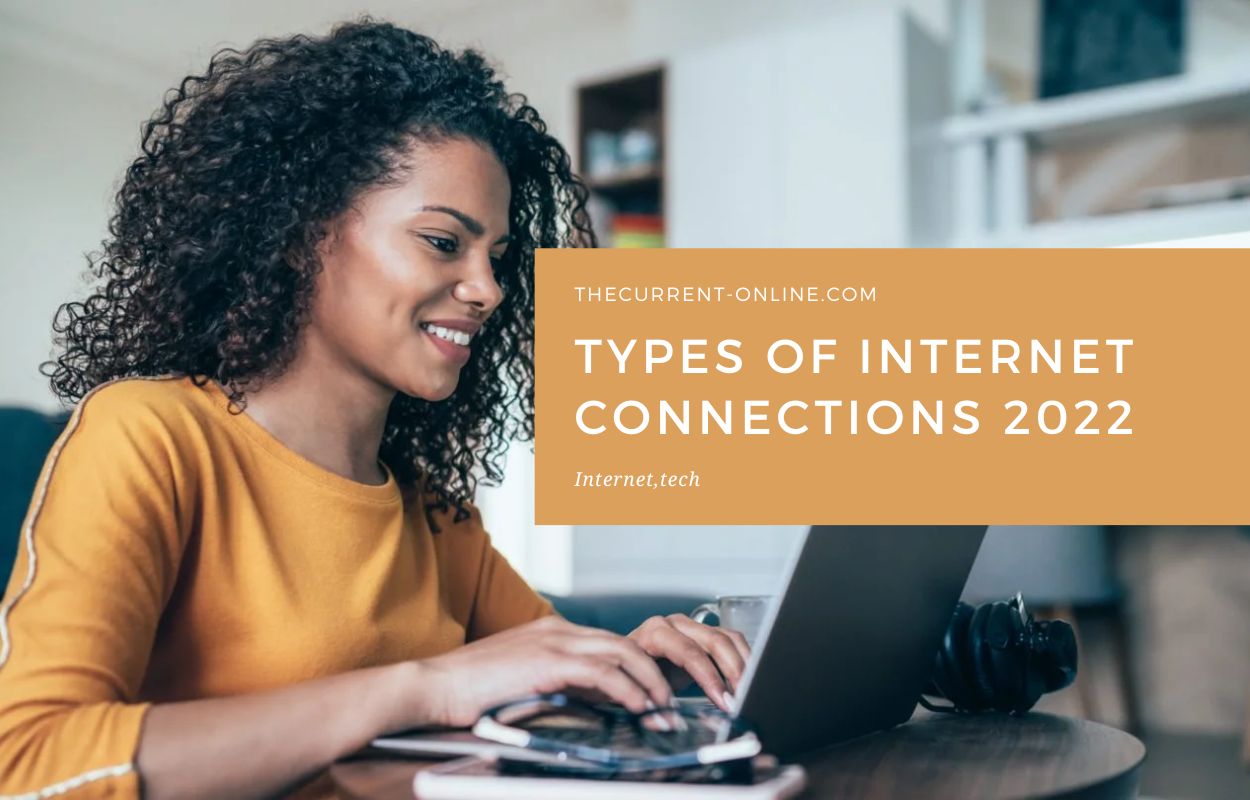One of the things that people these days have no patience for is a slow internet connection and connectivity. The type of internet connection has a great impact on performance, speed potential, and availability. The ways of providing connectivity have changed along with technology. Who doesn’t remember the dial-up era of the internet? As soon as we read this term, the distinct sound starts to play in our ears; like music, this sound has provided a period’s soundtrack. To be quite honest, choosing the ideal option that meets all of your needs is a difficult task. If we pay high monthly costs for an internet connection that let us down with sluggish speeds and frequent screen freezes, the problem only gets worse. Review the several Internet connections and connection speeds that are now available on the market to choose the Internet plan that is best for you.
WHAT IS THE SIGNIFICANCE OF SPEED?
The internet speed is the total number of data packets moving via a connection at any one moment. It is easy to divide a task into smaller bits. The devices are connected to the internet so that data packets can be electronically sent from one place to another. A data unit is all that is sent in one of the packets. Everything done online requires this transfer.
Fast speeds are necessary for activities like gaming, browsing, social media, and using software like Adobe Photoshop, and Illustrator. Nobody enjoys waiting around. However, if you have a decent connection and a plan that works for you, you will not have to do that. For example, Xfinity uses cutting-edge technology to deliver high-speed internet through cable and fiber optics because they believe in offering excellent service, which in their field of business means “speed”. They offer download speeds of up to 940 Mbps too at affordable rates and a variety of plans for different customer portfolios. Moreover, as the world progresses toward virtual space and becomes inherent in it, faster speeds—such as fiber optic cables be necessary because current technologies cannot deliver such speed and fiber optics is still in its development.
- SATELLITE:
High-speed internet access is provided by satellite Internet connections. A satellite Internet option might be provided in some locations where broadband connectivity is not yet available. Satellite access uses a modem, much like wireless access does. Internet through satellite provides advantages over the internet via fiber. Fiber travels swiftly. Satellites are slow because there is a significant delay in the signal transfer from the Earth to the satellites and back to the planet’s surface.
There are several places where fiber is not available. Everywhere, including Antarctica, is covered by satellites. You only need a receiver on your roof to connect to this type of internet.
- DSL:
The acronym DSL stands for Digital Subscriber Line. Like dial-up connections, DSL uses telephone lines to transfer signals, but unlike dial-ups, it can support simultaneous voice and internet traffic. As a result, using the internet while on the phone is simple.
The technology that is utilized more frequently is asymmetric DSL, which has different upload and download speeds. Given that there are more downloads than uploads on the internet, it makes sense. If you don’t require extremely fast internet and are content with standard speeds, then DSL’s 5-35 Mbps is a good option.
- FIBER-OPTIC:
A fiber optic cable is a type of network cable that has glass fiber strands encased in an insulated covering. This is the most recent member of the family! The most recent innovations in wired network transmission are not widely used because of the high cost of infrastructure.
A transmitter first converts electrical signals into light, which is then reflected from a certain glass or plastic cable. At the receiving end, the light signals are later transformed into electric signals. With this internet connection, you can get speeds of up to 1 Gigabit per second.
- CABLE INTERNET:
Cable is one of the most popular methods for transmitting internet traffic. Through cable TV lines, an internet connection is offered. Coaxial cable is used, which has a far higher data transfer rate than a regular telephone connection. As a fast-growing broadband system, cable is up against both satisfying business needs competition and new technologies that are gradually entering the market.
Every urban area, as well as some rural areas, has access to technology. To send signals over coaxial copper cables starting at the internet service provider’s end, it uses DOCSIS, or “Data over Cable Service Interface Specification.” The modem then separates the internet and television data signals so they can travel over the same channel separately. Cable offers internet speeds ranging from 25 to 300 Mbps.
- DIAL-UP INTERNET CONNECTION:
Nowadays, only the most isolated areas and the most difficult circumstances allow for the usage of Dial-up internet connectivity. Dial-up connections connect computers to the internet via telephone lines. A modem is necessary to set up a dial-up connection. An interface between the PC and the phone line is provided by this modem. Internet speeds on a dial-up connection are typically 40–50 kbps. This design has additional drawbacks because the technology can effectively only support one form of a signal at a time, either speech or the internet.
Know more: What Kind of Internet is required for Streaming?
